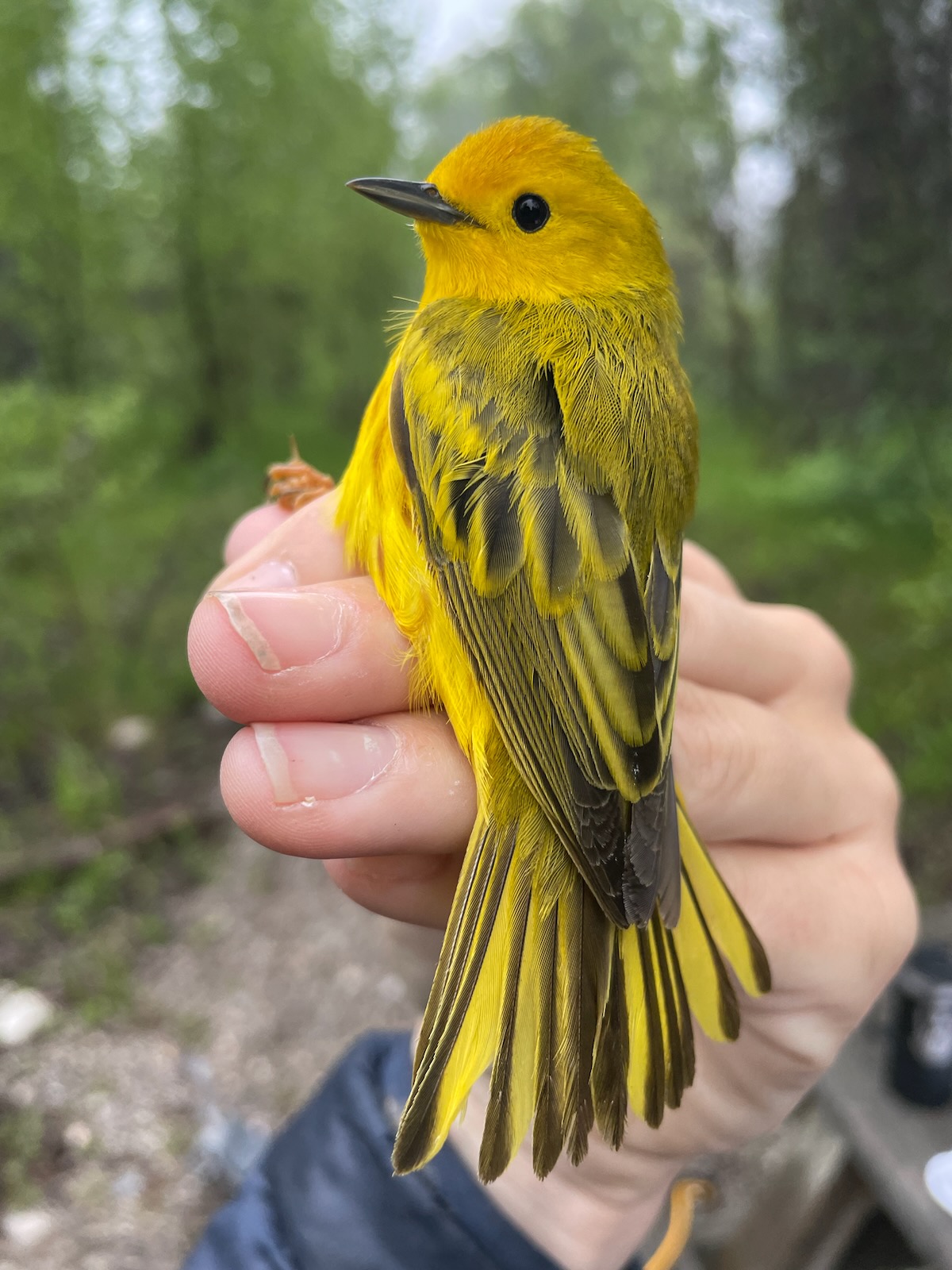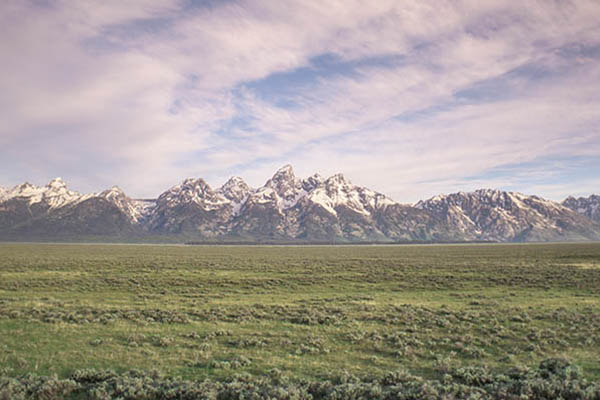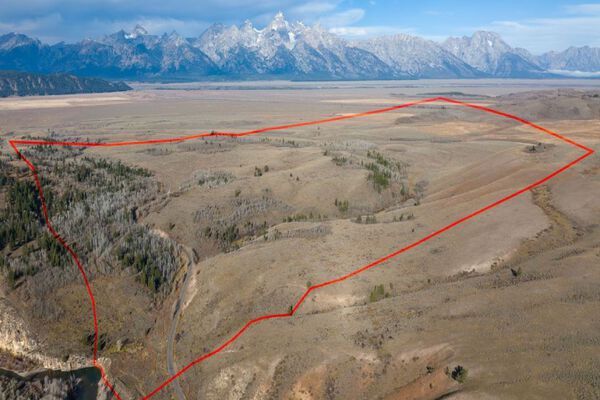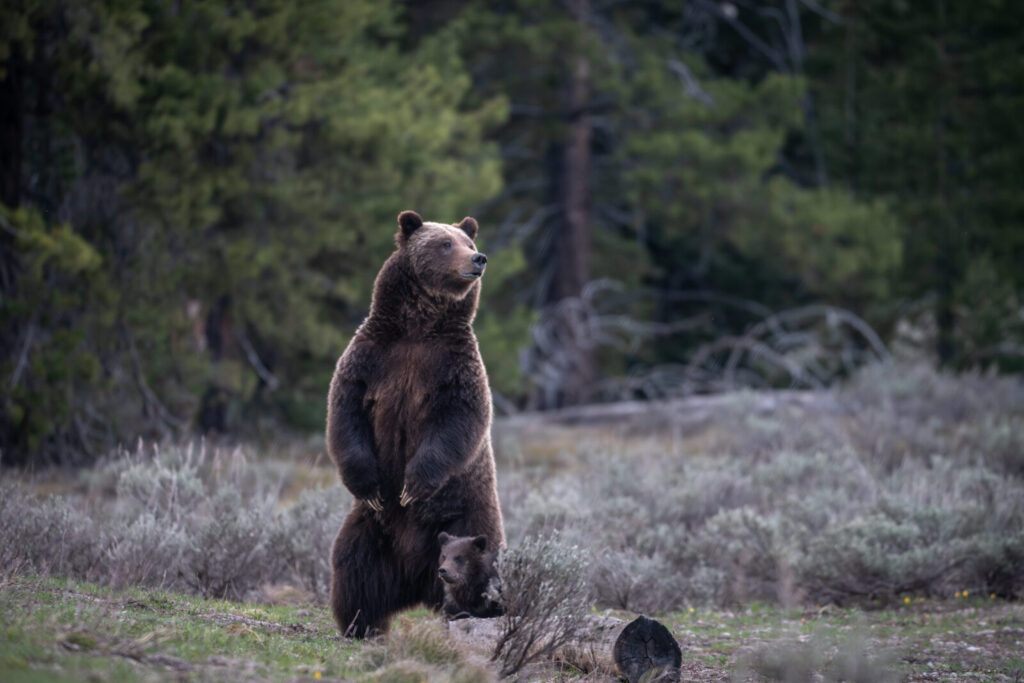
At the center of the Greater Yellowstone Ecosystem, Grand Teton National Park anchors one of largest remaining and nearly intact northern temperate ecosystems on Earth. Grand Teton National Park Foundation has played a significant role in wildlife and natural resource conservation in Grand Teton for more than a decade.
In 2023, the Foundation funded research, conservation, and education programs in the broad topics of Snake River health, climate change response, wildlife conservation, preservation of key vegetation, and natural resources communication and education. Below are select highlights and accomplishments for each of these themes, which are identified as priorities in our long-range plan.
Wildlife Conservation
- Studied 115 patches of pika habitat to better understand why they are thriving in Grand Teton and not elsewhere around the Rocky Mountain West. This research will help predict and mitigate the long-term effects of climate change on pikas and other wildlife populations throughout the region.
- Launched the first year of research to investigate the forage available to Grand Teton's bighorn sheep. The data collected will be used to model the herd's population potential based on available food, enabling scientists to be better equipped to steward the park’s bighorn sheep. Sixty vegetation sites were sampled this season.

- Monitored Grand Teton’s five wolf packs through multiple methods: air and ground surveys, five new GPS collars, four new VHF collars, and blood samples collected from nine wolves. Understanding this species’ population within Grand Teton allows the park to actively participate in ecosystem-wide management decisions to help ensure their persistence.
- Purchased sixty-six new bear boxes, getting us closer to our long-time goal of securing a bear-resistant food storage locker for every frontcountry campsite, designated lake campsites, and several popular day-use areas, an effort that began in 2008.
- Supported the long-running songbird banding program in Grand Teton, which took place every week from June through early August. This season marked the thirty-third year of consecutive banding at the station located in Kelly.
- Initiated a canid coexistence study in partnership with the University of Wyoming. This multi-year effort will investigate how coyote and red fox populations have responded since wolves repopulated Grand Teton more than two decades ago.


Conservation of Key Vegetation
- Continued conservation efforts for the federally endangered Whitebark pine that involved protecting existing stands, collecting cones from healthy trees, planting seeds in the wild, and growing starts in the nursery.

- Resumed the decades-long project to restore sagebrush-grassland habitat in recognition that songbirds, antelope, and bison rely on intact native vegetation to survive. In one restoration unit on Antelope Flats, we planted 7,000 container plants of eight different species.
- Produced hundreds of pounds of native seed for direct seeding, seeding 80 new acres this year. Additionally, we supported a crew of young adults who managed invasive species, planting, and seed collection in the restoration area.


Snake River Health & Climate Change Response
- Supported a region-wide focus on ensuring adequate water releases from Jackson Lake Dam by conducting highly-detailed streamflow measurements at the outlet.
- The formation of the Snake River Headwaters Watershed Group. Grand Teton and several other agencies formed this group to support the Snake River's long-term health, following the successful model of similar stakeholder groups in other US river systems.

- Park crews visited six of the eleven Teton glaciers twenty times to document annual changes in snow depth, ice mass, and more to better understand the impact of changing weather patterns and precipitation on this essential water resource.
- Completing the third and final year of an innovative effort to use ground penetrating radar to measure the depth of ice on the Middle Teton Glacier. This project was led by a graduate student from Colorado State University who will begin data analysis this fall with a publication to follow.


Natural Resources Communication and Education
- Thirty-three volunteers for the Wildlife Brigade contributed more than 7,000 hours, which included responding to and managing more than 300 wildlife jams.
- Thirty-five volunteers on the String Lake volunteer program made tens of thousands of visitor contacts and mitigated hundreds of food storage violations this summer. Thanks to increased capacity, the crews were able to extend their patrols into the evening hours.


2024 PRIORITIES
The 2024 suite of projects and programs funded by the Grand Teton National Park Foundation includes initiatives to address the impacts of climate change on the Snake River and its water resources, glacier elevation surveys, monitoring of pika populations, and long-term conservation of gray wolves. These projects aim to support the diverse landscape and precious habitats that help sustain wildlife populations in the Greater Yellowstone Ecosystem, while also providing valuable insights to park partners, stakeholders, and visitors.










